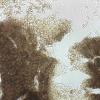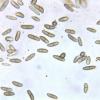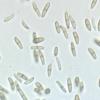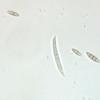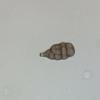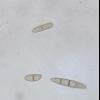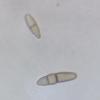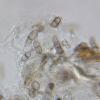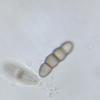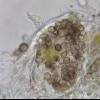
22-04-2025 09:35
François BartholomeeusenDear forum members, Can someone help me!On April

23-04-2025 12:13
 Johannes Merz
Johannes Merz
Hi,maybe someone has an idea regarding this asco/l

23-04-2025 10:47
 Lothar Krieglsteiner
Lothar Krieglsteiner
found first by my wife, some days ago, two days la

29-03-2025 05:45
Sebastien BassoHello, I'm conducting a mycological inventory in

22-04-2025 21:46
 Francois Guay
Francois Guay
I found this strange "discomycete" three days ago,

19-04-2025 20:48
Dear Ascofrance. I have not posted pyrenos for a l

19-04-2025 08:51
Henri KoskinenCould you help me in the right direction with this
Can someone help me!
On April 18, 2025 I found a pyrenomycete in asexual state on an old seed-pod of Cytisus scoparius.
The conidiomata were located in a tear of the epidermis of the seed-pod. Under the microscope I only saw the peridium and a lot of conidia. Conidiophores or conidiogenous cells were not noticed.
a) The pycnidia are spherical with an average diameter of 325 µm;
b) The conidia are light olive-brown, somewhat irregularly elliptical / fusiform, occasionally bent with one septum in the middle or slightly below the center.
Dimensions: (8.5) 9.1 - 11.9 (12.2) × (2.6) 2.7 - 3.3 (3.5) µm
Q = (2.8) 3.2 - 4.2 (4.3); N = 25
Me = 10.6 × 2.9 µm; Qe = 3.7
Any help is welcome, thanks in advance,
François Bartholomeeusen
N.B.: I will register a new entry on the forum of a second anamorph on a seed-pod

Just a guess: alpha-conidia of some Diaporthe (anamorph = Phomopsis).
Bernard
Thank you very much for your 'guess', that was a very good suggestion.
Today I was again able to isolate three conidiomata. At first I found many identical conidia, but on closer inspection some conidia showed more and more variations. From 1 septum to 2 or 3 septa, then conidia with rounded poles and constricted at the septa, then Alternaria-like conidia and also Fusarium-like!
Are they different stages of development or do they belong to different genera! For a sound sleep and my mind sanity, I am going to file this find under the folder 'UFO' ( undefined fungal objects)
Thanks again and many greetings,
François




